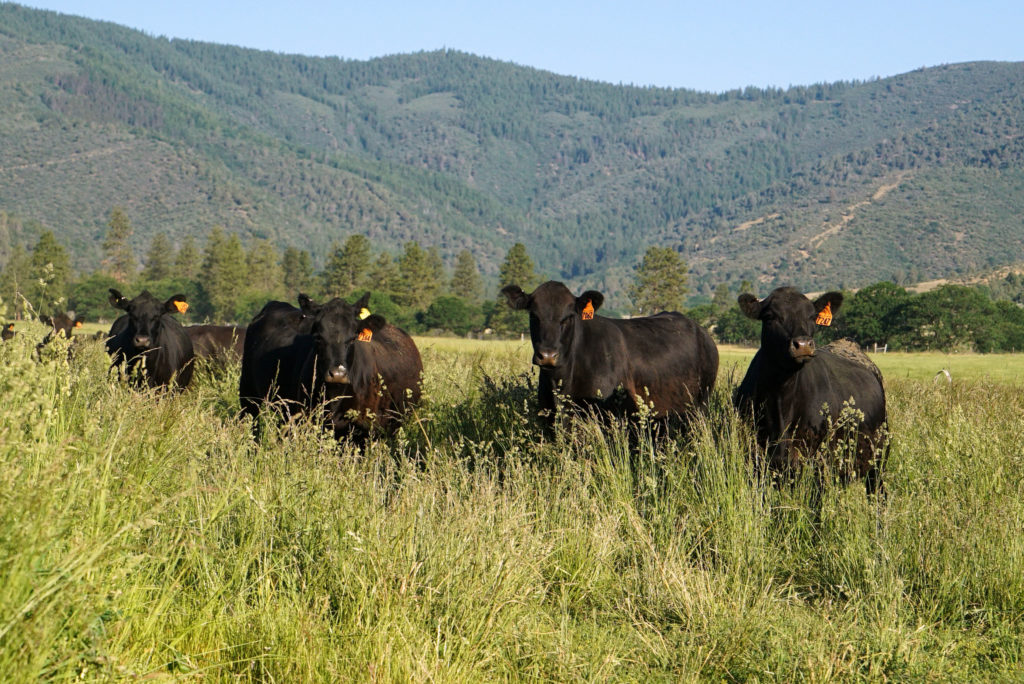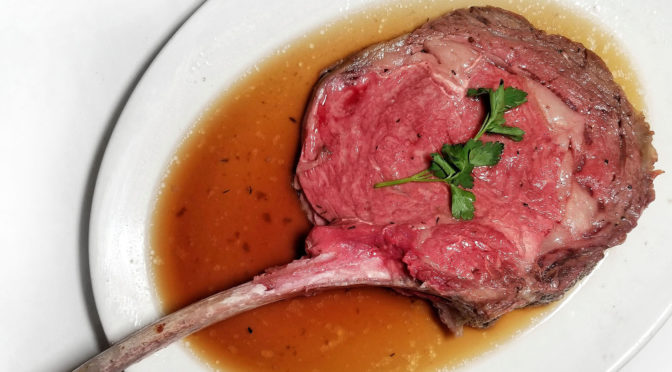For this installation of Beef Advocacy Monday, I figured I would shed some light on the subject of growth promotants. Namely, steroids and hormones used in the feed lot. You may recall that these are sometimes implanted behind an animal’s ear and slowly release over time.
Why would anyone give these substances to cattle, you might ask? There are a few reasons.
First, they act as “preventive medicine” and aid in animal health, much the same way that we use vitamins and supplements. This can mean fewer illnesses for the animal during its lifetime, and less use of antibiotics, which are expensive.
Second, the practice is done to help cattle develop lean muscle while simultaneously eating less feed. This attribute provides two beneficial side effects: One is that the practice helps ranchers and feed yard operators fill our country’s growing demand for lean beef. The second is that it provides dual conservationist/sustainability benefits. By administering growth promotants, the beef biz uses 10% less land and 141 billion fewer gallons of water in beef production operations. That’s pretty kickass. Because the animals become better at converting feed into beef, that means the environment is impacted less.

But are hormones/steroids in beef dangerous to humans? Sure – they could be. But the FDA sets residue tolerance levels for these substances in the same manner they do for other substances that are in our food supply. In addition, the USDA tests beef to ensure that there is no human impact to using these substances to promote cattle growth. Similar to withdrawal times for antibiotic use, these residue levels are closely monitored and heavily regulated. The promotants are re-tested every year, and if the data ever suggests that they’ve become harmful, then their use would be further regulated or disallowed.
As a matter of fact, scientists in the agriculture and protein production field found that animals’ in which promotants were administered had average residue levels that were similar to and sometimes even less than the natural hormonal residue fluctuations in naturally raised beef (no added hormones, no steroids).
I could see this issue being a concern if the residue levels were consistently or significantly higher than those of naturally raised animals, but since that isn’t the case, I’m not worried. I could eat a naturally raised steak right now that has more hormone residue in it than a steak from an animal that was treated with a growth promotant during it’s lifetime. To me, that means there’s really nothing to worry about.
Want to learn more about the beef business? BUY MY BOOK!!! It’s a lot of fun, I promise.

